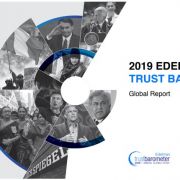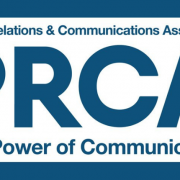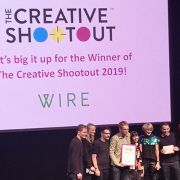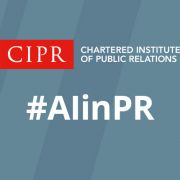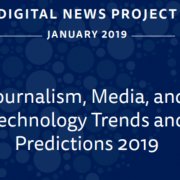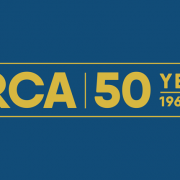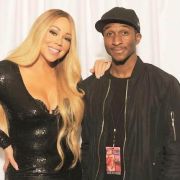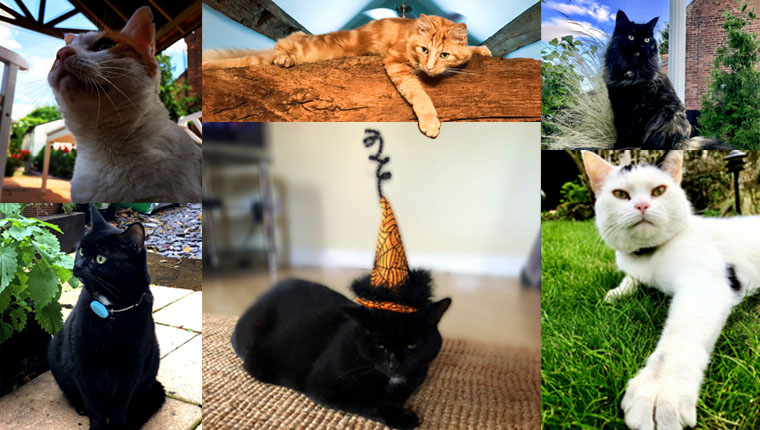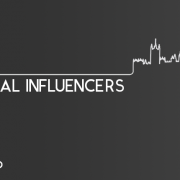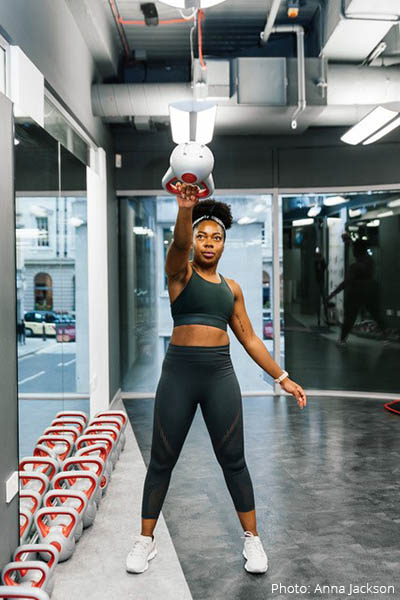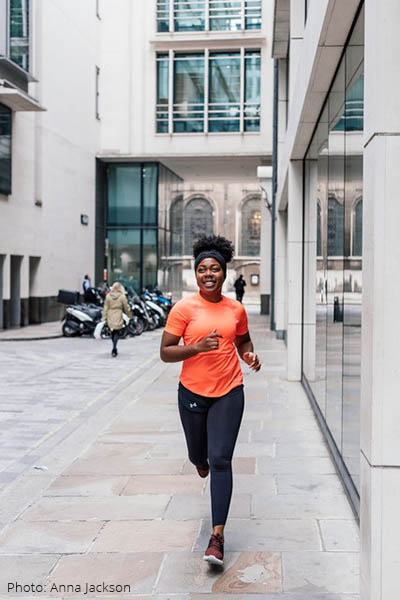That Grape Juice is the number one music blog created by Sam Ajilore. Now over a decade old, That Grape Juice continues to be at the forefront of urban music and culture, with bases in London and LA. We caught up with Sam to find out what’s on the agenda for 2019, who are the greatest artists of all time and how the blog works with PR.
What are your plans for the blog in 2019?
Growth! If there’s one thing that’s a guarantee in the digital landscape it’s change. Thankfully, I’ve long approached That Grape Juice as being a ‘voice’ that can permeate a multitude of platforms. Hence, moving forward, the plan is to make the site’s ‘voice’ as accessible and omnipresent as possible – via the web, podcasts, and streaming services.
How is music changing and does this affect your content?
The music industry is most definitely in the midst of one its most pronounced eras of change thanks to streaming, which is now the primary means of consumption.
Because of this, the traditional rulebook has been tossed out of the window and artists have been gifted much more agency over what they release and when they release it.
This, in turn, has de-emphasised the immediate importance of ‘the single’ and ‘the album’ as well as the rigid promo schedules that used to define both. It’s made for a much more interesting arena, one where artists are now framing releases as they choose, which is evidenced by the surge in mixtapes, EPs and songs rolled out simply to feed fans.
As a music news and review platform, it’s resulted in much more content to cover – with some acts working multiple tracks at the same time. It’s really exciting.
Who’s your favourite band/artist?
I’ve always loved spectacle and performance as much as I have music itself. So, the genesis for me will always be Michael Jackson. More contemporarily though, I’d say Beyoncé. She pretty much carries the MJ baton for me personally.
Who’s going to be hot in 2019?
It’s always tough to call and there’s so many variables. I will say that I’m super excited about Normani (formerly of Fifth Harmony). She’s a dynamite performer and is navigating the solo landscape exquisitely so far. She’s making all the right moves and musically has ample potential.
On home soil, I’m really enjoying what I’m hearing from rapper Dave. He has a unique perspective and articulates it in a super compelling way.
Do you play any instruments?
I wish!
Humbly speaking, I feel I have a fairly good ear for melody. As such, I really hope (at some point in this life!) I can parlay that towards learning the piano.
What’s the best song ever?
Wow, this is so hard! And for that reason, I have to list at least three. In no particular order:
- Billie Jean by Michael Jackson
- We Belong Together by Mariah Carey
- I Will Always Love You by Whitney Houston
I have a thing for songs that are lyric/story driven while still being easy on the ear. Traits each of these tracks possess.
How do you work with PRs/brands on content?
There’s the standard influx of press releases – of which we receive up to 100… per day!
At a more involved level, we routinely collaborate with PRs on artist interviews, live show reviews, robust features and campaign-long story-telling.
What one thing should they know before contacting you?
A personal approach is often the best approach! We’re pleasant music-lovers who are dually committed to serving our audience the freshest content, while working with PRs, brands, and similar to achieve their campaign goals too.
As such, while mass targeted press releases are sometimes a necessity, it’s so much more impactful when we receive emails from folk who understand the platform they’re reaching out to and have a clear goal in mind when touching base.
It’s surprising to still see generic emails filled with all-encompassing verbiage such as ‘Dear Sir/Madam’ and ‘your blog’ instead of the blog’s actual name.
Put simply, the more personalised the better.
Do you accept press releases?
Yes! From all regions. Music is so universal these days, with the internet being a ‘global village’. So, we’re happy to receive content from everywhere.
What other blogs do you read?
Far too many to name! I will say, though, that I really enjoy reading personal blogs.
My field (music) is rooted in fantasy, spectacle, and escapism, whereas such blogs are anchored in the real, the here, and the now. All of which speaks to me outside of my ‘professional self’.


